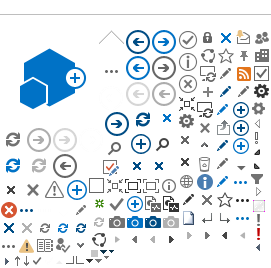900.00 RESPONSE CONTINUUM
901.00 RESPONSE CONTINUUM
901.01 Response Continuum Philosophy
901.02 Duty to Intervene
901.03 Use of Physical Control Techniques
901.04 Levels of Subject Resistance
901.05 Levels of Control
901.06 Variables that Impact the Response Continuum
902.00 CHEMICAL SPRAY AND PEPPERBALL LAUNCHER SYSTEM
902.01 Oleoresin Capsicum Chemical Spray (OC Spray)
902.02 Pepperball Launcher System – Usage and Procedures
903.00 USE OF RESTRAINING HOLDS
903.01 Team Take-Down Contact Control
903.02 LVNR (Lateral Vascular Neck Restraint)
904.00 IMPACT WEAPONS
905.00 HANDLING SUSPECTS EXHIBITING SYMPTOMS OF DRUG-INDUCED PSYCHOSIS/ EXCITED DELIRIUM
906.00 USE OF DEADLY FORCE
906.01 Philosophy
906.02 Use of Deadly Force Policy
907.00 ELECTRONIC CONTROL WEAPON (ECW)
907.01 Definitions
907.02 General Deployment Policy
907.03 Authorization and Training
907.04 Use and Deployment
907.05 Tactical Considerations
907.06 Follow-Up Care
907.07 Reporting and Administrative Requirements Regarding the Use of a ECW
907.08 Accidental Discharges
907.09 Storage and Precautions
908.00 40 MM “STINGER” LESS LETHAL LAUNCHER SYSTEM
908.01 Definitions
908.02 General Departmental Policy
908.03 Authorization and Training
908.04 Use and Deployment
908.05 Tactical Considerations
908.06 Follow-up Care
908.07 Reporting and Administrative Requirements Regarding the Use of the 40MM “Stinger” Less
908.08 Lethal Launcher System Accidental Discharges
908.09 Storage and Other Precautions
909.00 RESPONSE TO RESISTANCE REPORTING
909.01 Philosophy
909.02 General Departmental Policy
909.03 Response to Resistance Report (BlueTeam)
909.04 Response to Resistance Statistical Review and Reports Use of Force Response Continuum Chart
